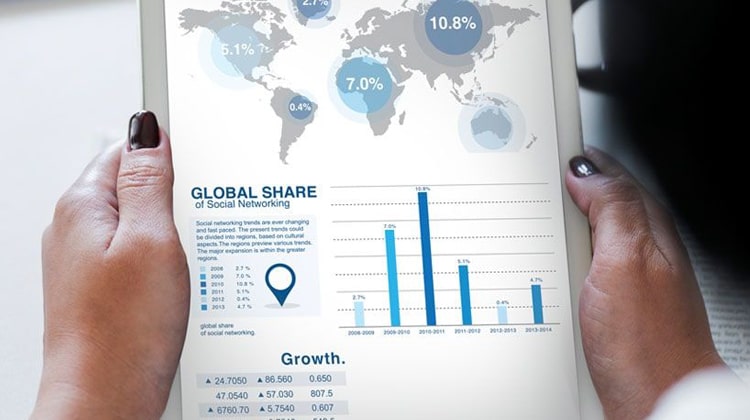We brings all your tasks, teammates, and tools together.
Our employee schedule system allows managers to create employee schedules quickly and easily, often with drag-and-drop functionality. Schedules can be created by department, location, or team, and can be customized to account for employee availability, skills, and preferred shift times. Our system may even use artificial intelligence or machine learning algorithms to suggest optimal schedules based on historical data and employee preferences.
Say goodbye to spreadsheets and hello to streamlined scheduling. It's the smart way to manage your workforce
Employee Scheduling
This system allows managers to create employee schedules quickly and easily, often with drag-and-drop functionality. Schedules can be created by department, location, or team and can be customized to account for employee availability, skills, and preferred shift times. Some systems may even use artificial intelligence or machine learning algorithms to suggest optimal schedules based on historical data and employee preferences.
Our Employee schedule system typically includes features such as:
Scheduling
The system allows managers to create schedules for their employees, taking into account factors such as availability, skill level, and seniority.
Time and attendance tracking
The system tracks employee hours worked, including clock-in and clock-out times, breaks, and overtime.
Shift swapping
The system enables employees to request shift swaps with their colleagues, which managers can approve or deny based on business needs.
Communication tools
The system provides a platform for managers and employees to communicate about scheduling changes, shift requests, and other important information.
Reporting and analytics
The system generates reports on employee scheduling and attendance, allowing managers to identify patterns and make data-driven decisions.
Overall, the employee schedule management system can help smooth the scheduling process, reduce errors and scheduling conflicts, and improve employee satisfaction by providing transparency and flexibility.
Communication
Managers and workers can use the system to talk about scheduling changes, shift requests, and other essential information. This can include in-app messaging, email notifications, and SMS alerts. We also offer a mobile app that allows employees to access their schedules and request time off from their smartphones.
Reporting
Reports can include information such as labor costs, employee productivity, and scheduling compliance. It also offers real-time dashboards that display key metrics and alerts.

Issues in employee management
-
Complexity
-
Integration
-
Scheduling Conflicts
- customization
Time and attendance Tracking
Our system tracks employee hours worked, including clock-in and clock-out times, breaks, and overtime. This data is used to calculate employee pay and benefits, and can be integrated with payroll systems. We also use biometric authentication, such as fingerprint or facial recognition, to ensure accurate time tracking and prevent time theft.
Benefits of using our employee schedule management system includes:
Improved scheduling accuracy
Employee schedule management systems can help to ensure that schedules are accurate and up-to-date, reducing the likelihood of scheduling errors or conflicts.
Increased efficiency
Our employee schedule management system can help to automate scheduling tasks, such as shift assignment and time-off requests. This can save time and improve efficiency, allowing managers to focus on other critical tasks.
Enhanced employee satisfaction
Providing employees with more control over their work schedules can improve job satisfaction and reduce turnover. This system can allow employees to easily request time off, swap shifts, or adjust their schedules to better fit their needs.
Improved communication
Our system can provide a centralized platform for communicating scheduling changes and updates to employees. This can reduce miscommunications and ensure that everyone is on the same page.
Better labor cost management
This can help managers optimize schedules to better align with business needs and reduce labor costs. This can be particularly important for businesses with high labor costs or fluctuating demand.
Better practice management
The PMS can provide healthcare providers with insights into practice performance, including patient volume, revenue, and other key metrics, allowing them to make informed decisions about practice management.
Compliance
It can help ensure compliance with labor laws and regulations, such as those related to scheduling practices and overtime pay.










